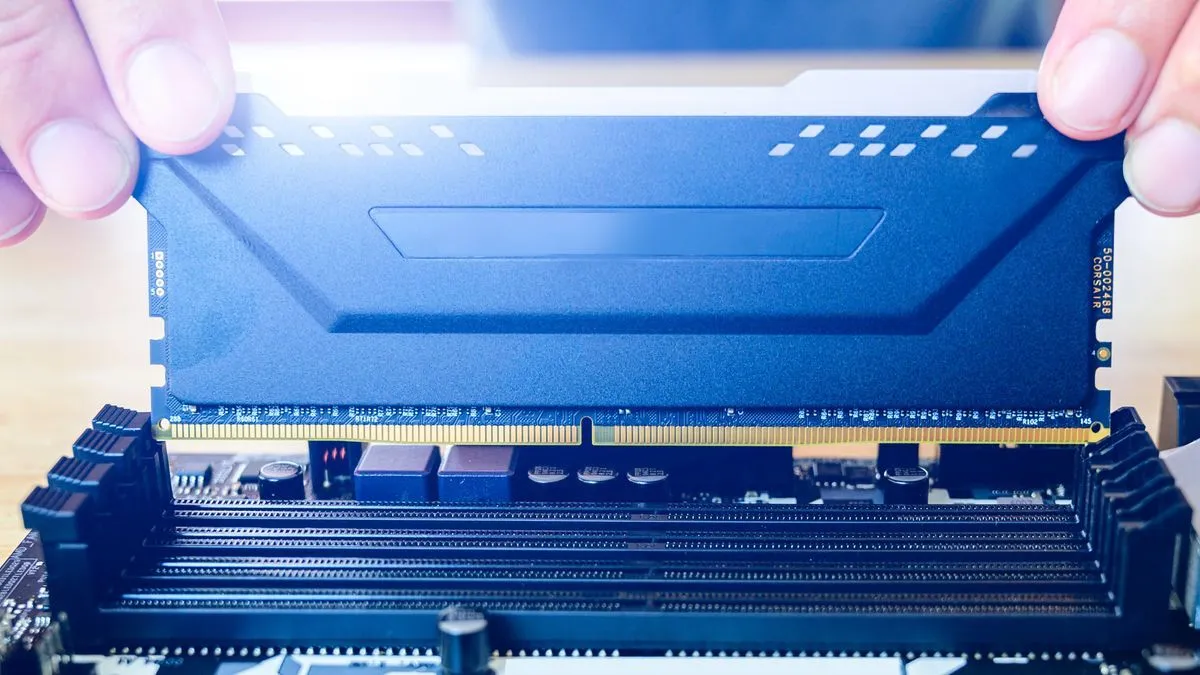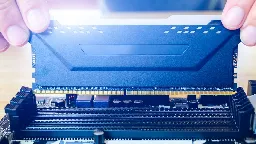RISC-V chips will support replacing RAM sticks without powering off the system — hot plugging functionality arriving in newer flavors of Linux
RISC-V chips will support replacing RAM sticks without powering off the system — hot plugging functionality arriving in newer flavors of Linux

www.tomshardware.com
RISC-V chips will support replacing RAM sticks without powering off the system — hot plugging functionality arriving in newer flavors of Linux

